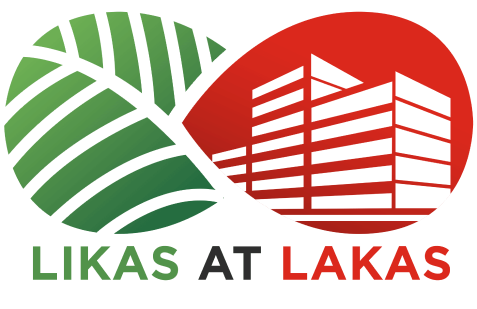The Philippines is experiencing yet another challenging rainy season, with strong storms hitting almost every other week. For many Filipino homeowners, this comes as no surprise. They already anticipate the heavy winds and relentless downpour brought by the country’s tropical climate.
Waterproofing structures is especially important in the Philippines because of these conditions. Concrete may be strong and dependable, but it is not immune to water damage. Aside from heavy rains, high humidity and frequent flooding can quickly wear down unprotected buildings. Without proper protection, water can seep into concrete and shorten its lifespan.
Several waterproofing methods can address this concern, including cementitious coatings, waterproof paints, and sealants. In this article, we will go over some of the most common waterproofing options, their pros and cons, and how you can choose the right solution to safeguard your property.
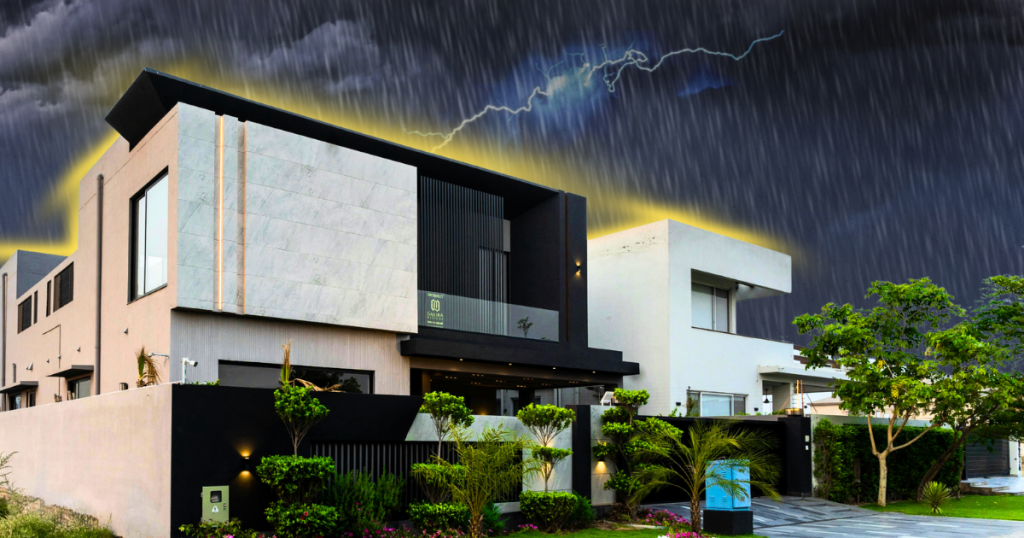
Why Waterproofing Concrete Matters
Concrete is the most widely used material for building homes and other structures because of its accessibility and durability. Still, it is not indestructible, especially if it is not treated properly. This is why waterproofing has become a standard practice today.
Water damage can weaken even the toughest concrete. Cracks, leaks and corrosion in steel reinforcement caused by water seepage and moisture are among the most common problems. Over time, these issues can result in costly repairs and unsafe conditions.
Waterproofing offers a simple yet effective way to protect concrete. It extends durability, minimizes the need for frequent maintenance, and provides confidence that the structure will remain strong for years.
Types of Waterproofing Solutions
Concrete can be protected in many ways, and each waterproofing solution offers its own advantages. From coatings mixed directly into concrete to paints and sealants applied on the surface, the right choice depends on where and how it will be used.
Below are some of the most common waterproofing solutions you can use for your structure:
1. Waterproof Cement (Integral Waterproofing)
This type of cement becomes waterproof because additives are mixed directly into the concrete during preparation. The result is a stronger, less porous mix that naturally resists water penetration. It works best for foundations, water tanks, and other structures exposed to constant moisture.
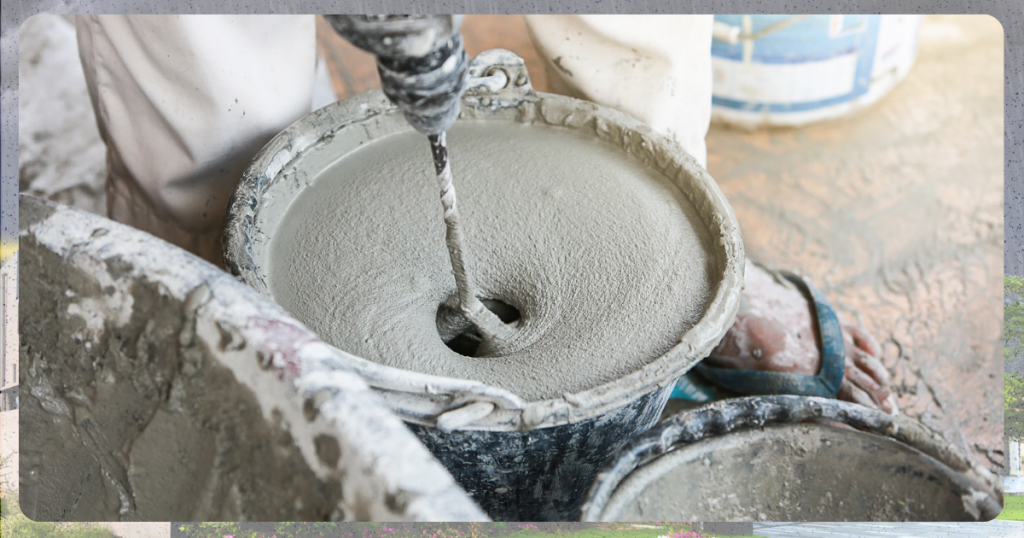
It is long-lasting and reliable, but once the mix is set, it cannot be adjusted. Planning ahead is key since the waterproofing is built into the material itself.
2. Cementitious Coatings
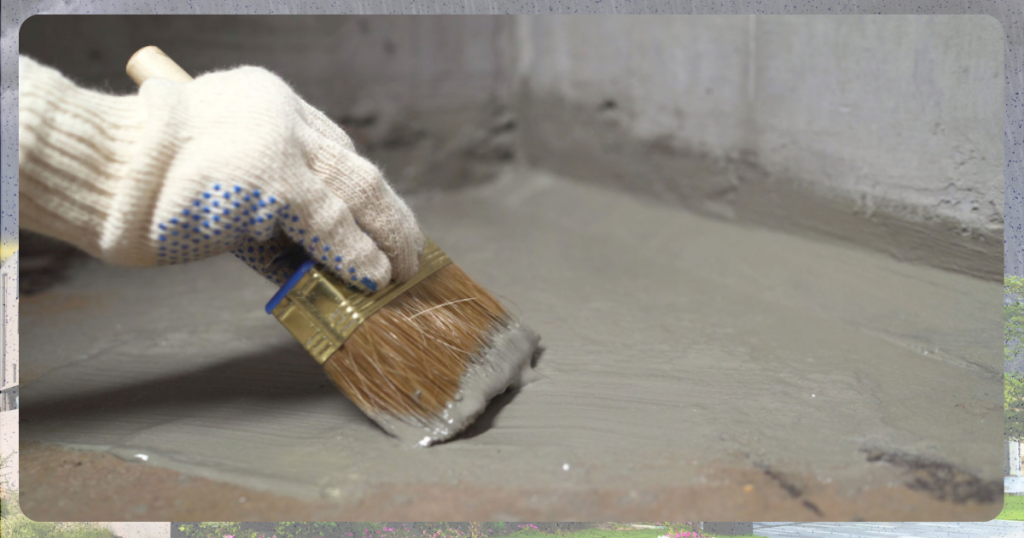
Cementitious coatings are applied as a surface layer to already hardened concrete. They create a protective barrier that prevents water from seeping through. This option is often used for bathrooms, pools, and basements where water exposure is high.
These coatings adhere strongly to surfaces and provide durable coverage, though they can crack if the underlying structure shifts or moves.
3. Waterproof Paint
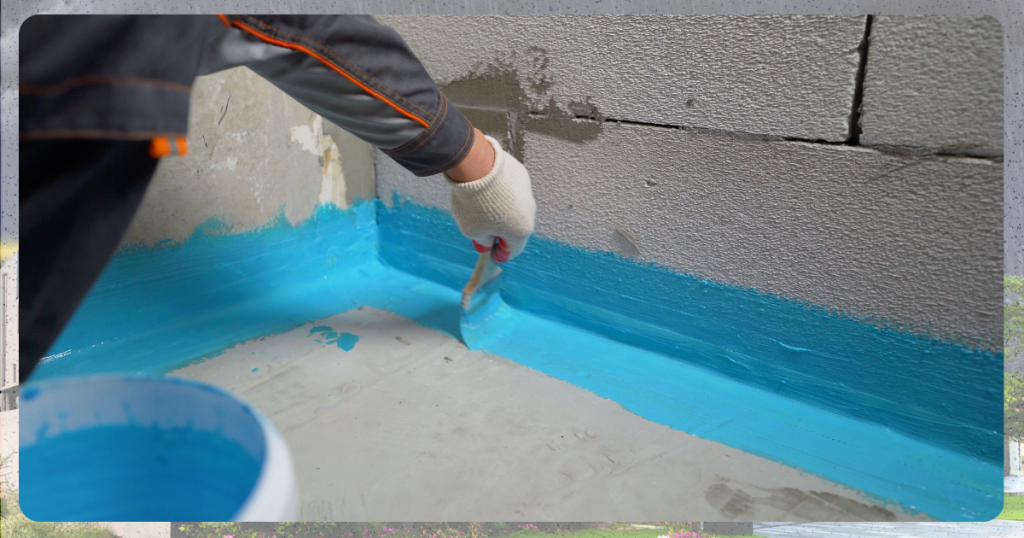
Waterproof paint is a surface coating that repels water. It is easy to apply, comes in decorative finishes, and works well for small projects. Many homeowners choose it for exterior walls or minor repairs because it is cost-efficient and adds visual appeal.
However, waterproof paint does not last as long as other methods. It may peel or fade over time, especially in high-traffic or high-moisture areas. Reapplication is often needed to maintain protection.
4. Sealants
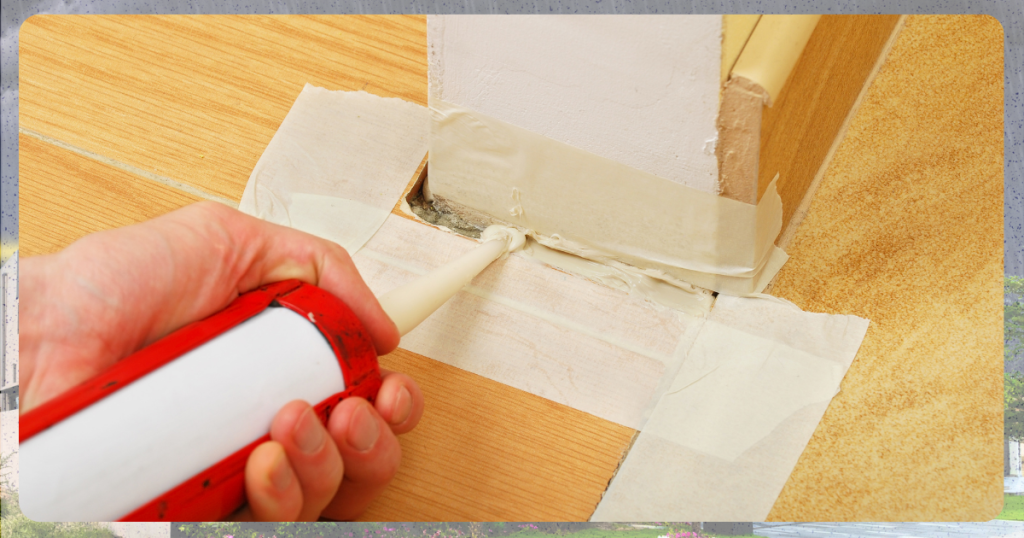
Sealants are used to close joints, cracks, and gaps where water may seep in. They are flexible, making them perfect for problem areas that expand and contract with temperature changes. Sealants are also excellent when paired with other waterproofing solutions.
Their coverage is limited, though. Sealants are not meant to protect entire surfaces but instead act as reinforcement in specific spots.
Residential vs. Commercial Applications
Different spaces require different waterproofing approaches. Homes often need cost-friendly and practical options, while commercial projects usually prioritize durability and large-scale coverage. The table below shows how each solution is typically used in both settings.
| Waterproofing Option | Residential Use | Commercial Use |
| Waterproof Cement (Integral) |
|
|
| Cementitious Coatings |
|
|
| Waterproof Paint |
|
|
| Sealants |
|
|
Waterproofing needs vary, but matching the right method to the right setting ensures stronger protection. Whether for a cozy home or a large commercial structure, choosing wisely helps extend the life of concrete and reduces maintenance costs.
The Importance of Proper Methods
Selecting the best waterproofing option depends on the environment, structure type, and budget. A combination of solutions often works best. For instance, using cementitious coatings on large areas and sealants on joints creates a stronger, more reliable barrier.
Proper installation also matters. Even the best materials will not perform well if applied incorrectly. Regular inspection and maintenance make sure waterproofing continues to protect the structure for the long term.
Building Stronger Concrete Protection
Waterproofing is more than just a protective step. It is an investment that helps concrete last longer, lowers repair costs, and ensures safety. Each method, from cementitious coatings to paints and sealants, has its own strengths depending on where and how it is used.
The right choice comes from understanding your structure’s needs and the environment it faces. With the proper solution, your concrete will stay strong, resilient, and ready to withstand the challenges of the Philippine weather.
References
Baumerk. (n.d.). What are the Waterproofing Materials? All Types and Features. Baumerk. Retrieved September 5, 2025, from https://www.baumerk.com/en/blog/what-are-the-waterproofing-materials
UltraTech Cement. (n.d.). Guide to Cement Waterproofing, Types & Advantages | UltraTech. UltraTech Cement. Retrieved September 5, 2025, from https://www.ultratechcement.com/for-homebuilders/home-building-explained-single/descriptive-articles/cement-waterproofing-and-its-types
Waterproof Caulking. (2020, November 30). What Is Cementitious Waterproofing? Waterproof Caulking & Restoration. Retrieved September 5, 2025, from https://waterproofcaulking.com/what-is-cementitious-waterproofing/

